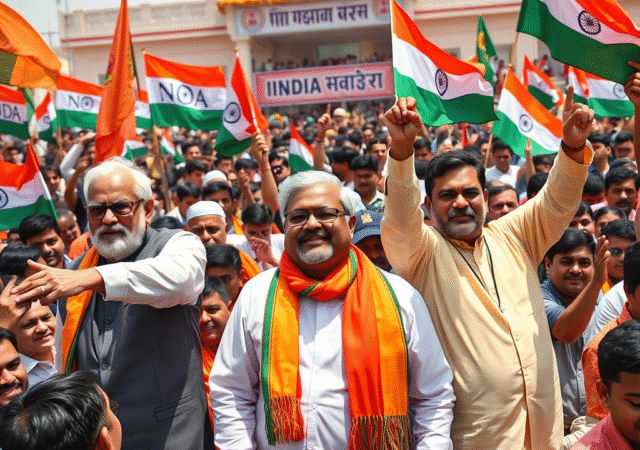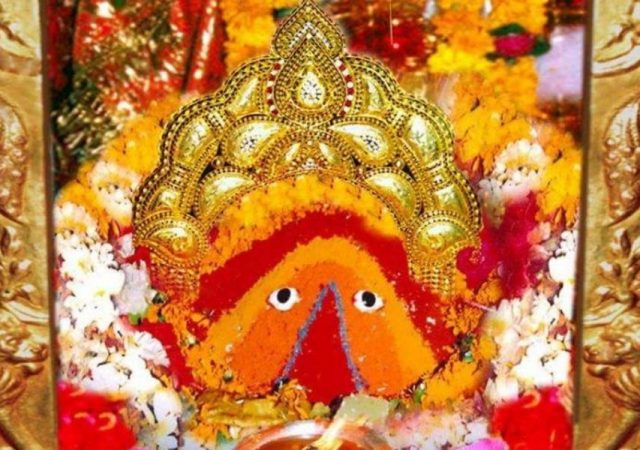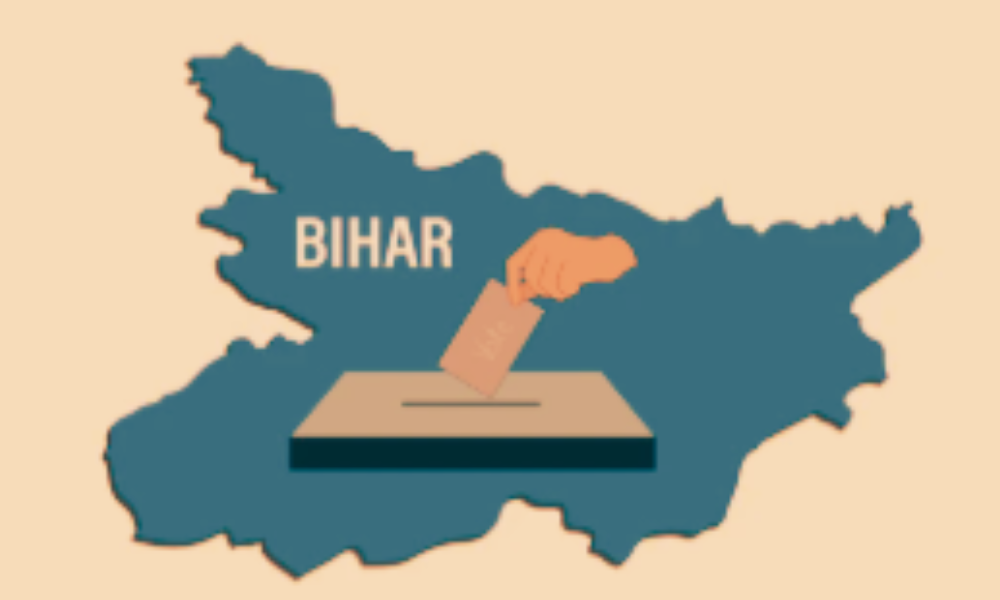
Introduction: Bihar Votes, India Watches
The Bihar Assembly Election 2025 is not just another state election — it’s a political litmus test for both regional leadership and national power blocs. As Nitish Kumar, Tejashwi Yadav, and Prashant Kishor lock horns in a high-stakes contest, the outcome is expected to reshape the political narrative in India’s heartland.
With two major alliances — NDA and INDIA Bloc (Mahagathbandhan) — facing off, and a third front, Jan Suraaj Party, emerging as a wild card, Bihar is witnessing one of its most competitive and consequential elections in recent decades.
1. Election Schedule: Phases, Dates, and Deadlines
- Total Seats: 243
- Voting Phases: Two
- Phase 1: November 6, 2025
- Phase 2: November 11, 2025
- Counting Day: November 14, 2025
- Current Assembly term ends: November 22, 2025
The Election Commission has announced a multi-phase voting schedule ensuring tight security, electronic voting verification, and full digital monitoring — reflecting a modernized approach to India’s democratic process.
2. The Voter List Controversy: SIR Process and Supreme Court Oversight
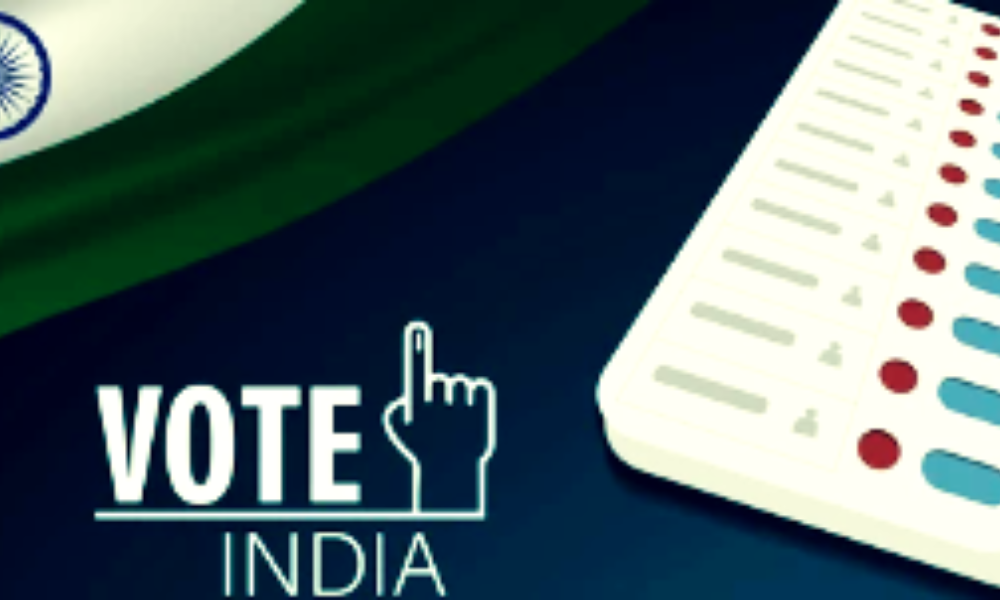
This election is being closely watched due to the Special Intensive Revision (SIR) of the voter list — a major clean-up exercise conducted after 22 years.
Key Facts:
- Final voter list: 7.42 crore voters
- Names deleted: around 65–69 lakh
- Reason: Duplicate, deceased, or relocated voters
- Opposition Allegation: “Mass voter deletion to manipulate outcome”
- Supreme Court Intervention: Directed the EC to reinstate legitimate voters who can verify identity via Aadhaar or EPIC.
While the Election Commission calls it a “purification drive,” opposition parties allege that lakhs of genuine voters have been disenfranchised — turning voter registration into a political flashpoint.
3. Major Alliances and Political Contenders
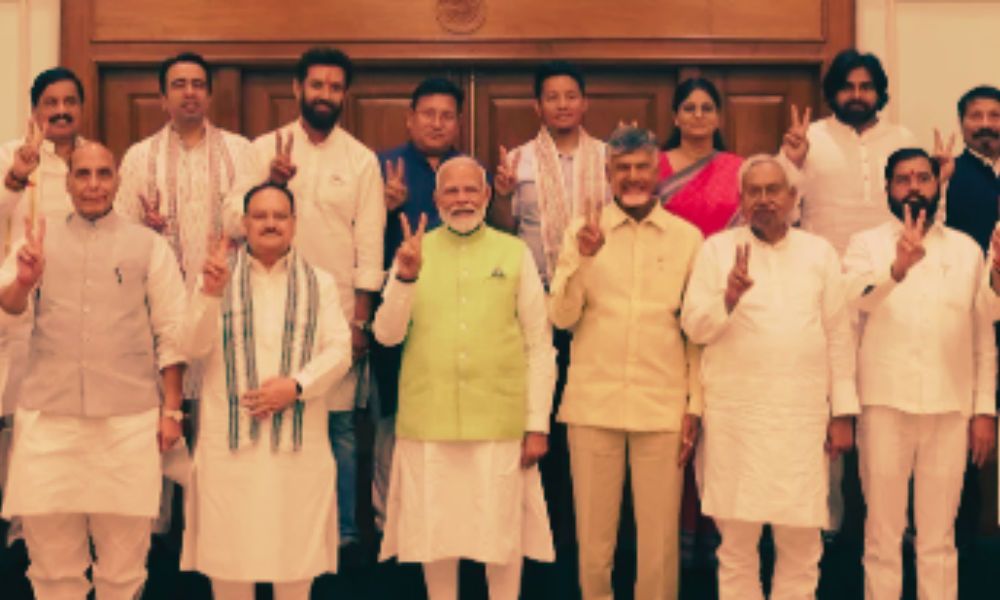
A. NDA (National Democratic Alliance)
Key Players: JD(U), BJP, HAM(S), and smaller allies
Strengths:
- Proven governance model under Nitish Kumar
- Development narrative: roads, power, healthcare
- Rural women and welfare schemes remain strong anchors
Challenges:
- Leadership fatigue and succession ambiguity
- Growing urban and youth dissatisfaction
- Perception of alliance strain
Core Message: “Vikas aur Vishwas” (Development with Trust)
B. INDIA Bloc / Mahagathbandhan
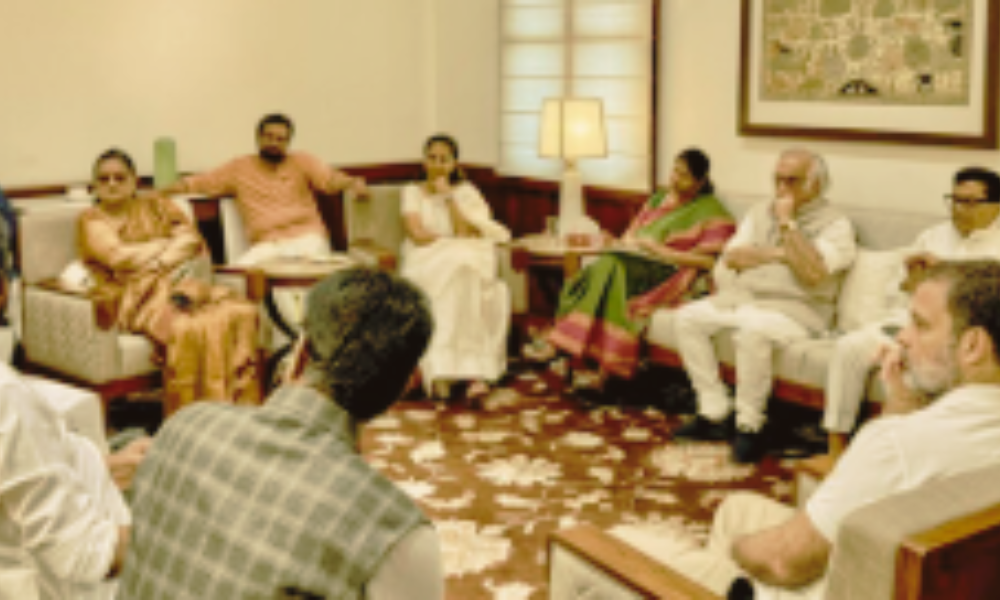
Key Players: RJD, Congress, Left parties
Strengths:
- Strong caste arithmetic (Yadav-Muslim base)
- Tejashwi’s appeal among first-time voters
- Anti-incumbency and “change” narrative
Weaknesses:
- Internal coordination issues
- Questions over administrative readiness
Core Message: “Bihar Deserves a Fresh Start”
C. Jan Suraaj Party – The Reformist Challenger
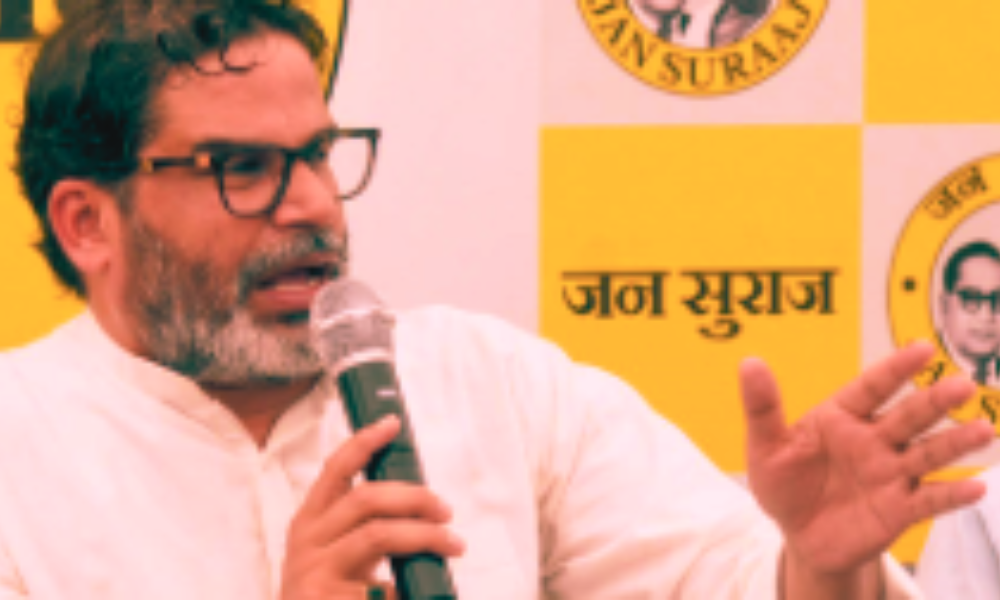
Leader: Prashant Kishor
Positioning: Reformist, issue-based politics with focus on governance, education, and grassroots transparency.
Challenges: Building voter base beyond campaign symbolism.
Core Message: “Naya Soch, Naya Bihar” (New Thinking, New Bihar)
While it may not sweep the polls, Jan Suraaj’s presence could fracture traditional vote banks and redefine Bihar’s third-front politics.
4. Key Election Issues 2025
1. Unemployment and Migration
The most critical concern — Bihar’s youth want jobs at home, not outside. Every party promises industrial revival, startup policies, and government recruitment drives.
2. Infrastructure and Basic Services
Electricity, roads, healthcare, and drinking water remain decisive issues in semi-urban and rural constituencies.
3. Caste & Social Justice
The age-old backbone of Bihar politics — caste dynamics — will again influence candidate selection and voting patterns.
4. Governance vs Corruption
Opposition parties accuse the NDA of misusing welfare schemes for political mileage. The ruling alliance claims transparency and last-mile delivery as its hallmarks.
5. Election Commission’s Role
The EC’s handling of voter deletions, new mobile deposit facilities for remote voters, and deployment of digital transparency tools are under the scanner.
6. Youth and First-Time Voters
A record number of first-time voters — over 50 lakh — could tip the balance. Social media campaigning is at an all-time high, with both alliances investing heavily in digital outreach.
5. Surveys, Mood, and Projections
Recent IANS-Matrize polls suggest the NDA holds an edge with 49% projected vote share and 150–160 seats.
However, ground-level surveys indicate a “close contest” — especially in Magadh, Mithilanchal, and Seemanchal regions.
Analysts predict:
- If NDA wins: Nitish Kumar retains CM post, strengthening BJP-JD(U) ties.
- If INDIA Bloc wins: Tejashwi Yadav could become the youngest Chief Minister in Bihar’s history.
- If Jan Suraaj performs well: A fractured mandate leading to coalition politics.
6. Challenges Ahead
- Legal hurdles: Ongoing Supreme Court case on voter roll deletions.
- Migration factor: High absentee voters due to labor migration.
- Security & logistics: Managing peaceful polls across 38 districts.
- Alliance volatility: Possibility of mid-campaign seat-sharing tensions.
7. The Road Ahead: What’s at Stake
The Bihar Assembly Election 2025 will be more than a state contest — it’s a referendum on governance, credibility, and political evolution.
- For NDA, it’s about maintaining continuity.
- For INDIA Bloc, it’s about revival and credibility.
- For Jan Suraaj, it’s about planting a seed for future reformist politics.
As Bihar gears up for the November showdown, one thing is clear — this election will redefine who truly commands the trust of the Bihari voter.



